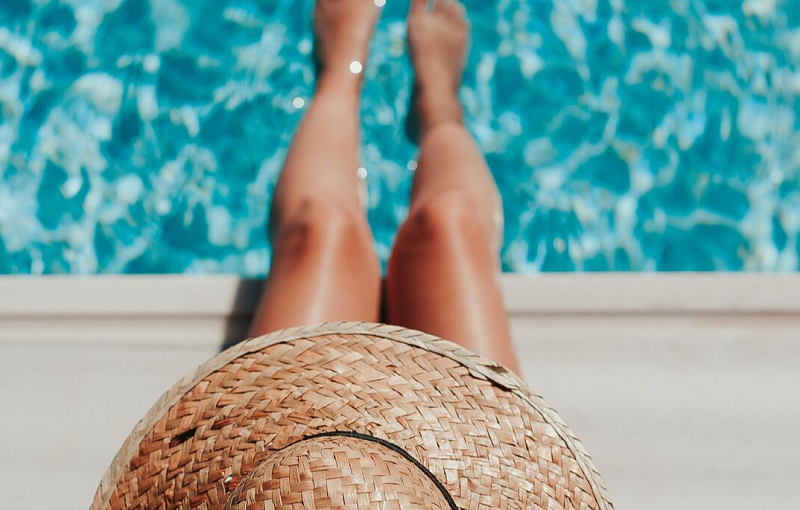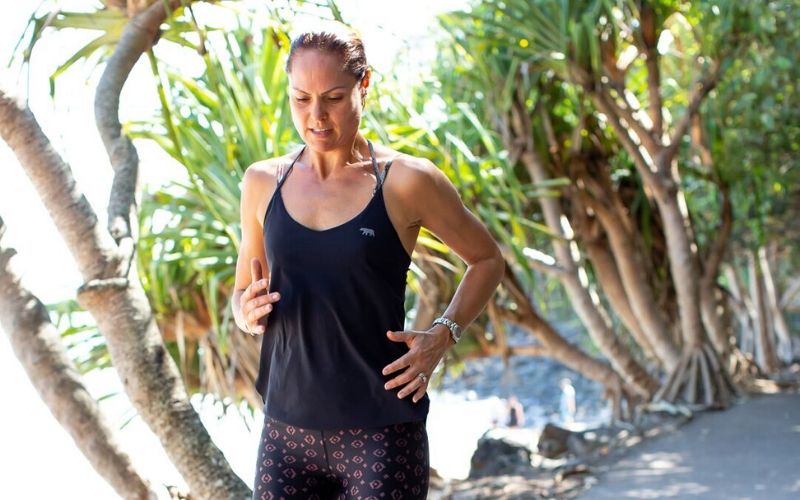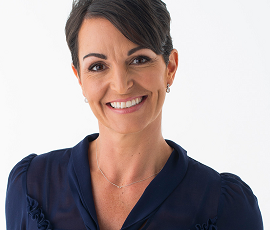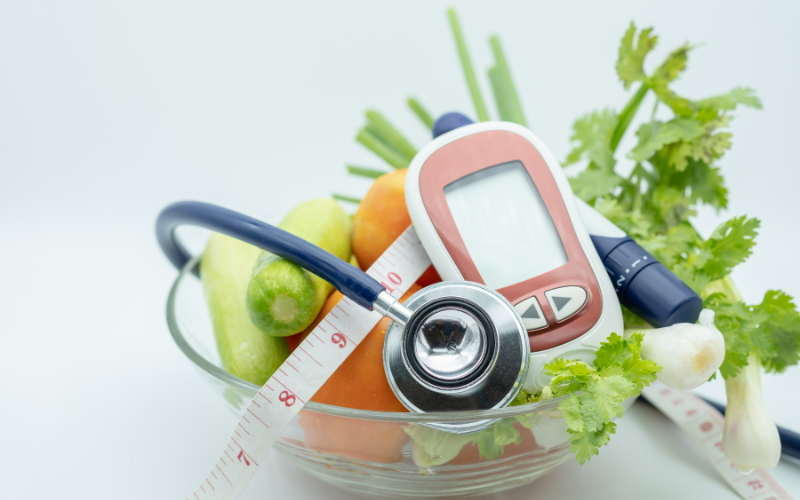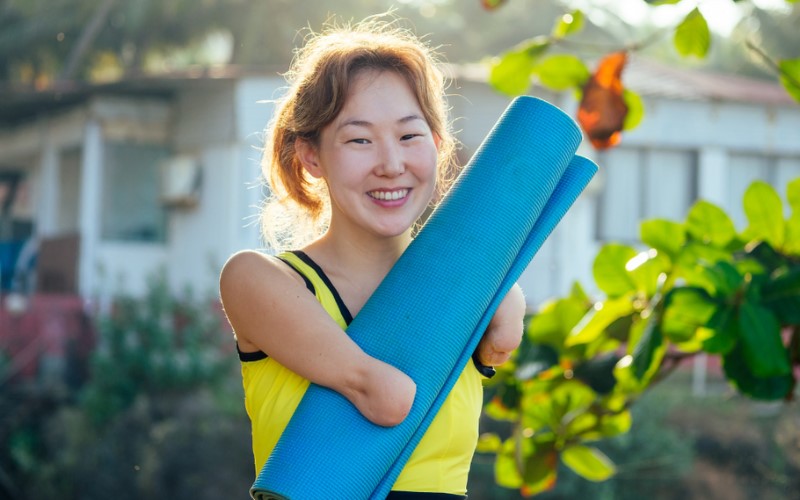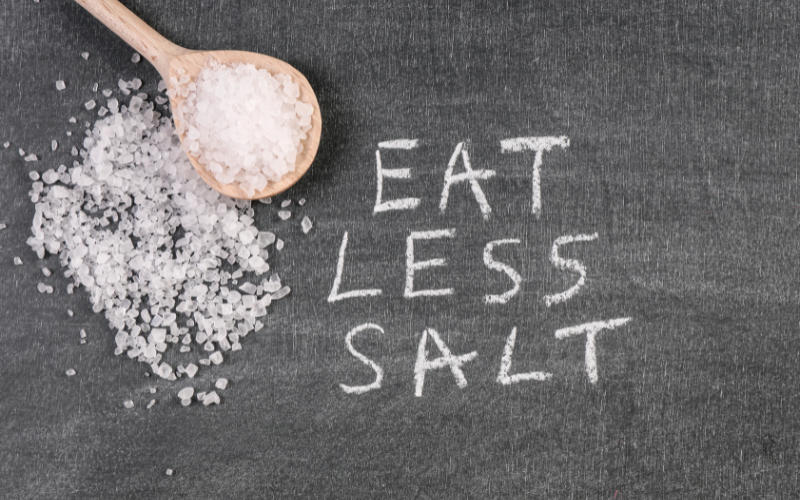Zoe Bingley-Pullin: Is your home poisoning you?
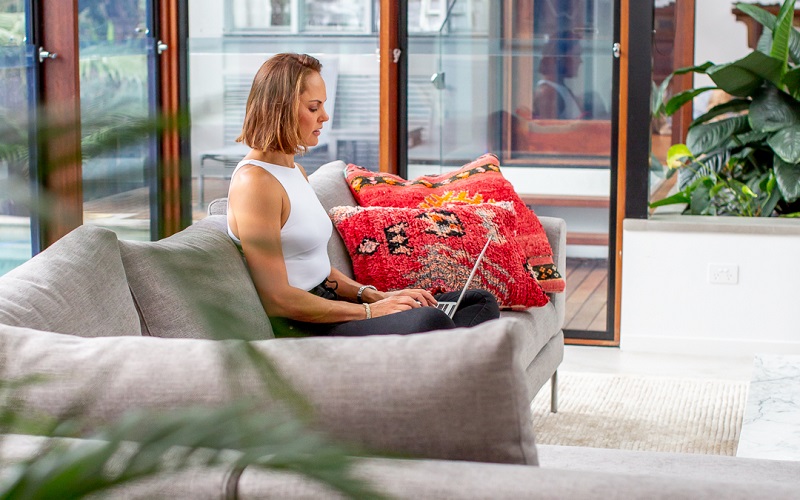
Learn if you’re living in a healthy home or harmful one
Have you ever thought about how healthy your home is? Most people haven’t. We tend to think about our health in terms of what we eat or how much we exercise. Thanks to modern research we can now get an understanding of the impacts of external factors on human health and the homes that we live in play a large part in this.
Exactly what is going on under your roof? If only the walls could talk! Let’s dive into everything you need to know about air quality, dust, household chemicals, cosmetics and food. Plus practical tips on how you can reduce your exposure to any nasties and make your house a healthy home for all who occupy it.
The air that you breathe
Are you breathing toxic air? Unfortunately, the answer is yes. Even in your own home.
Most people spend around 90% of their time indoors. Alarmingly, studies show that exposure to indoor air pollutants is up to 100 times higher than exposure to outdoor air pollutants!
Indoor air pollutants include particles, dust mites, mould spores, volatile organic compounds (VOCs), brominated flame retardants, pesticides and toxic metals. These pollutants pose a significant environmental risk to children, adults and pets with exposure linked to asthma, eczema, allergies, learning disabilities, cancer, retarded growth, nervous system damage and other illnesses. If you think your home is immune, think again.
Tips to reduce your exposure to airborne toxins
- Open windows and let the sun shine in. Fresh air can dilute chemical toxins and remove moisture, thereby improving the air quality. Sunlight kills off dust mites and fungus spores, also improving air health.
- Add some house plants. Plants remove carbon dioxide, release oxygen and absorb harmful gases. The best choices are palms, rubber plants, dracaenas, philodendrons, ficus, boston ferns and peace lilies.
- Throw away fragranced household products. Air fresheners, plug-ins, washing up liquids, candles and other scented home products produce formaldehyde when they react with air. This can irritate the lungs and contribute to asthma, cancer and other illnesses. Use fragrance-free or natural alternatives.
- Adjust the climate. Keep the temperature in your home below 21 degrees Celsius and the humidity below 50 per cent to reduce mould growth and dust mites.
- Get outdoors more. The benefits of getting outdoors are numerous! Nature can help you be healthier, calmer, feel better, behave better and sharpen your mental performance.
The dust on your floor and furniture
Wherever you live, there’s dust. All dust contains animal fur, human skin, fabric fibres, decomposing insects, food debris, soil, soot, smoking and cooking particles. But most concerning is that it also contains lead, arsenic and even DDT!
Most household dust comes from outside – soil tracked in on shoes and airborne particles. The rest comes from indoor sources like carpet and furniture fibres. In the end it all settles on your home’s surfaces trapping pollutants. If you’re interested in growing healthy homes, it’s important to rid your home of dust.
Tips to reduce your exposure to dust
- Take your shoes off. This will immediately reduce indoor dust and soil by 50%.
- Vacuum regularly to reduce build-up in carpets and fabric upholstery. Using a HEPA filter is more effective than regular bagged vacuum cleaners, as it traps the dirt you can't see (from dust mites, pollen, mould, pets etc), rather than recirculating allergens.
- Opt for hard floors and limit fabric furnishings where possible.
- Less dust collectors and easier access for cleaning.
- Avoid open fire places, combustion stoves and unflued gas heaters.
- Renew mattresses after several years.
- Clean blankets and quilts regularly. Between washes hang them outdoors in fresh air and sunshine.
- Improve ventilation and reduce humidity as dust mites thrive in humid, stale conditions.
- Keep pets on hard floor areas that are easy to clean, if possible.
Chemicals used around the home
There are up to 100,000 chemicals in use today and sadly, there’s growing evidence that suggests many of them may be poisonous to humans. These chemicals don’t just hang around us passively, they infiltrate our body and can build up.
Unfortunately, harmful chemicals can be found in just about everything in the home! That includes furniture, bedding, floor and window coverings, cushions and paint. Plus, there’s chemicals we use to clean, wash, iron, polish, remove stains, kill bugs and deodorise. Not to mention our kitchen items such as plastic containers or pots and pans with Teflon coatings.
These chemicals are pervasive so you can’t just clean them away. The best you can do to detox your home is to be aware of what you buy and gradually replace items with low or no toxin versions.
Tips on reducing your chemical exposure
- Furniture, mattresses and floor coverings. Request products that use natural materials and those that do not contain flame retardants or PFC’s (stain/water resistant chemicals) whenever possible.
- If redecorating, opt for paints that are low in VOC’s.
- Bed linen, soft furnishings and clothes. Opt for natural fibres such as cotton, wool, latex, bamboo and leather. Also consider organic as chemicals sprayed on the crop can remain in the finished product. I recommend Aussie company ecoLinen for 100% organic, ethically made bed and bath linen.
- Review what’s under your kitchen sink. Replace toxic cleaning products with natural alternatives. Check out this list of non-toxic, home made cleaning products to safeguard your family’s health, protect the environment and save money.
- Replace plastic food containers with glass or ceramic and replace Teflon with cast iron, stainless steel or ceramic alternatives.
- Children’s plastic. A child’s smaller size can equate to a heavier concentration of chemicals, so be mindful of use. Items that go in the mouth such as teats for bottles, dummies and rattles are best to be free of BPA, PVC, lead and phthalate.
What you put on your skin
Did you know that your skin is the largest organ of your body? It’s responsible for absorption and detoxification. It can absorb up to 100% of what is applied topically, so best to stick to natural, wholesome products if you can.
Unfortunately, numerous cosmetic and personal care ingredients are far from wholesome. Many contain synthetic chemicals that are toxic hormone disruptors and have been linked to developmental delays, reproductive issues, low birthweights and behavioural issues.
Women apply an average of 12 products to their skin every day and men six, so there’s plenty of opportunities for exposure to chemicals. The mechanisms include – ingestion (lip balms and lipsticks), inhalation (sprays, powders and perfumes) and absorption (lotions, make up, deodorants, bath items, fake tans, hair and nail products).
The list of dangerous chemicals is too long to list but includes phthalates, benzene, petrolatum, parabens, triclosan, sodium lauryl sulfate and benzoyl peroxide to name a few.
Tips to reduce chemicals in cosmetics
- Replace personal care products with natural alternatives whenever possible.
- Learn about ingredients. Check out Safe Cosmetics Australia’s list for what to avoid and which brands are toxic-free.
What you put in your mouth
No discussion about chemicals would be complete without a mention of food. These days processed food contains an array of preservatives, additives, synthetic substances, chemicals and genetically modified ingredients that could be adding to your toxic load. Your best bet is to go for food that is as close to its natural state as possible, although that can be problematic too. Chemicals are often sprayed on crops to resist pests or to extend shelf life. Even items labelled as organic can contain residues, though in much lower doses.
Tips to lower your chemical exposure from food
- Opt for home-made over processed foods. It’s one of the best ways to lower your chemical exposure. If you’re not much of a cook, order in from Dietlicious as their individual meals and meal plans are fresh cooked without the use of any additives or preservatives.
- Help your body to detox the chemicals it does absorb by eating a nutrient and antioxidant-rich diet. The best detoxers include magnesium, zinc, vitamins A, C, E and selenium with good sources being vegetables, fruit, berries, nuts, herbs and spices, green tea and dark chocolate. Keeping hydrated with water and avoiding alcohol will also help.
- Check pesticide levels in conventionally grown fruits and vegetables via the Clean 15 and Dirty Dozen Note that these lists apply to the USA but would likely be similar for produce from Australia.
- Wash your produce thoroughly with water to remove residues and then pat dry with paper towel.
So, after all that, how healthy is your home? Don’t be too concerned if your home doesn’t score top marks straight away. There are plenty of little things you can begin to do that will improve your home health at little to no cost. The big things can be tackled over time. When you’re due to replace or renovate, do your research on less toxic items for your healthy home.


